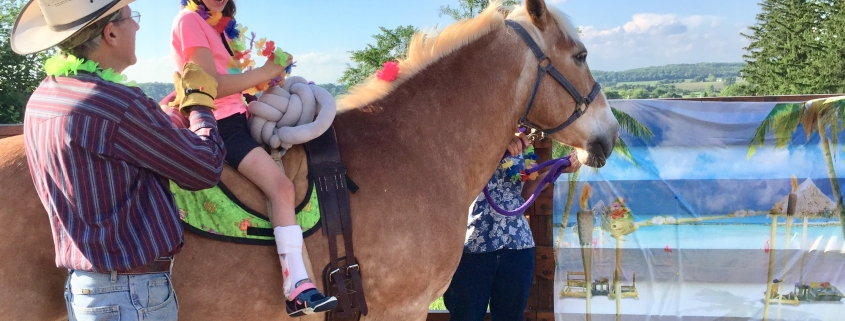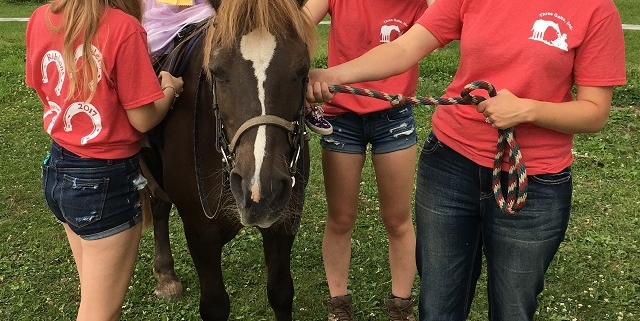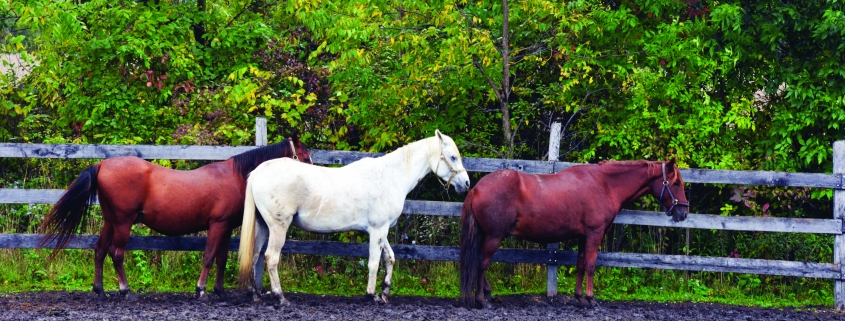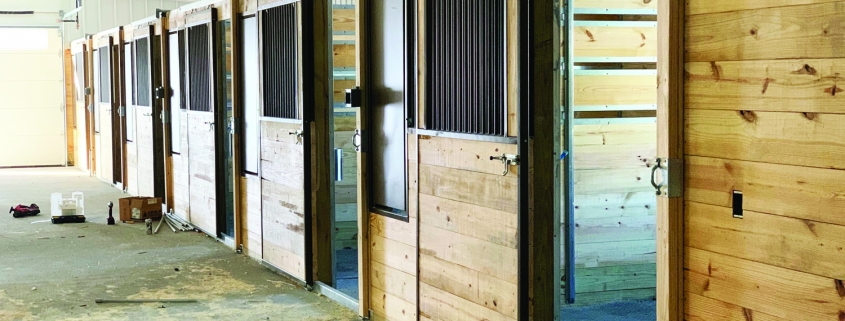Diane and Joe Ponzo have been rescuing medically-challenged seniors and hospice dogs since July 13, 1990. After rescuing their first pug angel, Tiger Joe, they decided to turn their passion into an organization called Canine Angels for Heaven on August 1, 2017. “We realized way back in 1990 that there were not enough people that wanted to take in medically challenged and hospice dogs,” says Diane. “People were just letting them go to die by themselves. Everyone wanted the puppies or younger dogs, but no one wanted the seniors, medically challenged seniors or hospice dogs.” Thus, their passion to help this group of dogs was born.
What is Pet Hospice? It is caring for an end of life Canine Angel. For example, a dog is diagnosed with cancer, his/her family does not want to watch them decline, so they call us and relinquish their dog to us. We give this Canine Angel the best love, family and all necessary medical care. This Canine Angel will be with us until they go to heaven. They will die with dignity, love and support from us; never ever alone!
Canine Hospice entails giving all of the above, including all the medical care they need. We work with a couple of wonderful vets who help us out with this. Hospice Care means being with them 24/7, it means giving them all the attention they need, all the paw holding they need and all the fun they can handle. It means road trips, picnics, special dinners, meeting people, going for stroller rides, swimming and more. It means giving them their medicine on time, giving them love and giving them the time they need to deal with their illness; it means being with them until the end and never leaving them. Hospice means being up at night and being sleep-deprived when an Angel is not feeling well; it means rocking them in the rocking chair until they fall asleep; it means being with them at their best and at their worst.
What are the costs? Costs are expensive. When a Canine Angel comes into our care, they go right to the vet to get checked out. We need to know exactly what is wrong and how we can give them the best life and best ending possible. A general vet visit can cost anywhere from $100.00 to thousands of dollars depending on the problem. We ask questions like: Do they need surgery? Do they need a dental? Generally, they need medicine and that is expensive at any pharmacy. Sometimes the vet carries medications, and sometimes we have to get it at the general pharmacy. These Canine Angels will be on their medications until the very end. They all go to the vet for their medication checks, cancer checks, heart checks or whatever their illness is. They all get checked out according to the vet’s recommendations.
What types of pets qualify for hospice? Cancer, Congestive Heart Failure, Chronic Obstructive Pulmonary Disease, Tumors, Kidney Failure, Liver Failure, Degenerative Disc Disease, Blind, Deaf, and anything else that we might come across. We also take in medically challenged pets such as ones with missing limbs or those who are not able to walk properly due to injury or disease.
Scooter-Roo came into our hospice because he was born with no front legs. This means he is medically challenged and a senior. When his human mama died, his family of 10 years did not want him. Scooter-Roo made the trip from Texas to come live with us. Daisy May, a 1-year-old little terrier mix came into our home on March 6, 2019. She came to us because she was supposed to die. She was beaten, abused, suffering from malnutrition and was dehydrated. It was one of the worst cases of abuse Chicago Animal Control had seen in years. On March 2, 2019, she was treated in the emergency room and stayed there until we received the call we could take her home. When we took over her care, they thought because of her malnutrition, she was going to have organ failure and die. If she did survive, she certainly would never walk. Well, with lots of love, rehabilitation and care from us and two of our wonderful volunteers, mother/daughter team Savanna and Melissa Volck, Daisy May survived. She can now walk, run, bark and have fun. Because she was beaten so badly on her head, she will always have short-term memory loss and vision loss, but that does not stop this fighter. She made a miraculous recovery and was adopted by the family who volunteers with us and who was instrumental in her recovery.
We have taken in medically challenged and hospice senior dogs from as far away as Kuwait. We have a medically challenged dog from Kuwait named Flately. He was brought to the meat market in Kuwait, and his angel was there to save him. They then called us and a few weeks later Flately was brought to the United States to receive proper medical care for degenerative disc disease.
What to expect… Most vets will tell the human parents their dog has a terminal condition or their dog has a problem that incurable or insolvable. Sometimes the human parents will tell the vet they are unable or unwilling to deal with it, and when the vet tells them their options, one option is to give them our card or call us. Sometimes the people will go home and think about things and then call us. Most rescues know about us and will also call us.
How many Angels can be cared for at one time? My husband, Joe, works from home. He is gone four to five hours per week. I work for a local hospital system and work four days per week. We can take care of several Canine Angels. We have a couple of great volunteers that help us. They love the Canine Angels and care for them, so we can do things that need to get done around the house. They rock and love these Canine Angels as if they were their very own. Without our wonderful volunteers, this task would be more difficult, but they help us ensure our Canine Angels are never alone.
Can previous owners visit their dogs? Once a Canine Angel is relinquished into our care, most people cannot drop off their dog fast enough and never look back. Most do not care and 99.5 percent NEVER want to know what is happening again. A couple of times, a request has come through for updates. We will update previous owners for a while just so the previous owner knows our new Canine Angel is adjusting well.
We have a large fenced-in area for the dogs with a tent that has a heater in it. The Canine Angels can go potty in this heated tent when it is cold, snowy or there is nasty weather. It heats up to about 75 degrees. We have a therapy pool in our basement that is 88 degrees. Each dog has his or her own life jacket and, if needed, a head rest. We do go in the pool with them.
There were and still are so many senior dogs, medically challenged dogs and hospice dogs that are alone in shelters. They are alone and dying by themselves with no one to love them or care for them. They sit there when people come looking for their new younger dog. The poor dog is sad, lonely and feels unloved and sometimes unworthy of love.
What we do is a 24/7 labor of love. We do not go on vacations. If we go out, it might be for a couple of hours, but then we need to get back home because the angels need us. We do not want to miss medicine times, insulin times for diabetic dogs or therapy times.

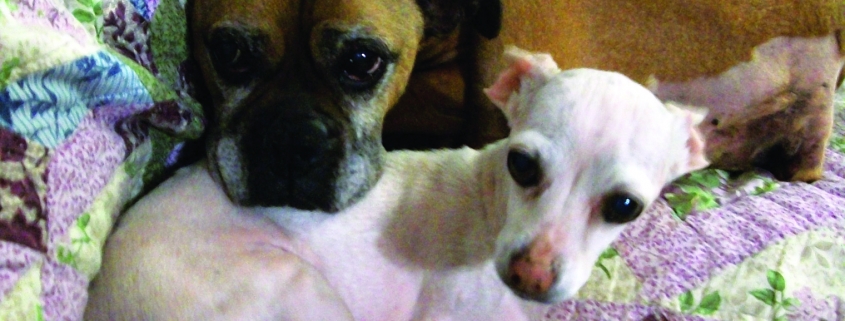
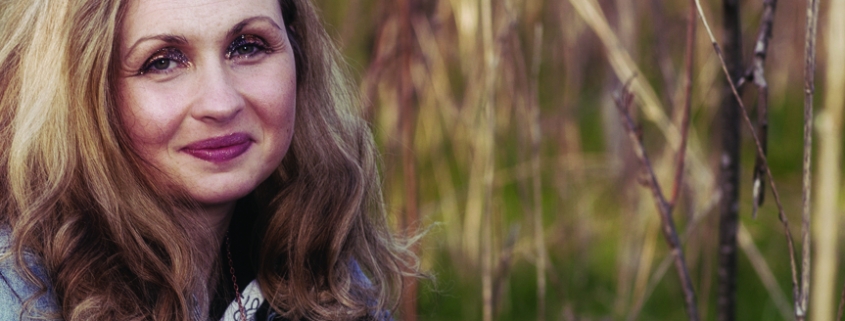
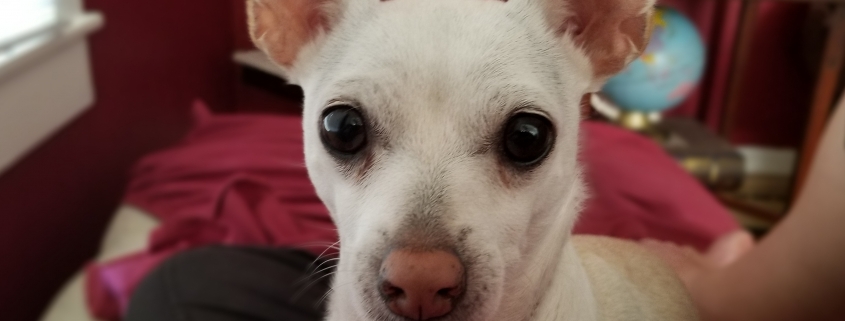
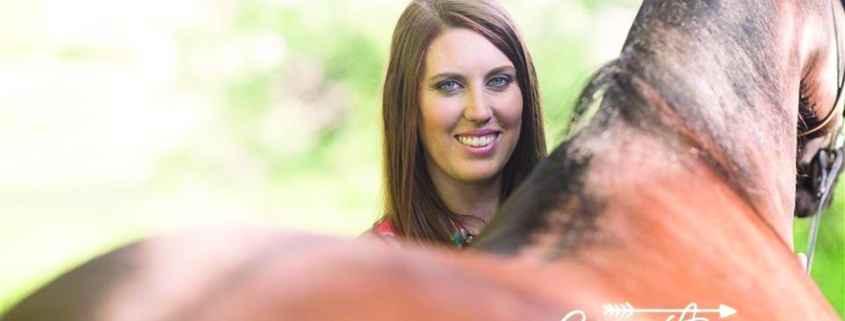
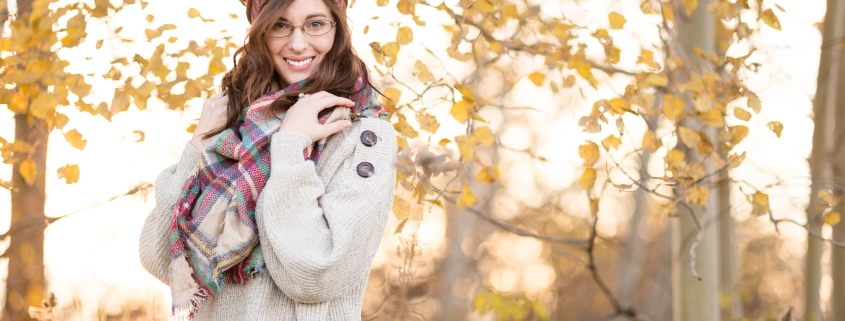
 Copper Arrow Photography
Copper Arrow Photography